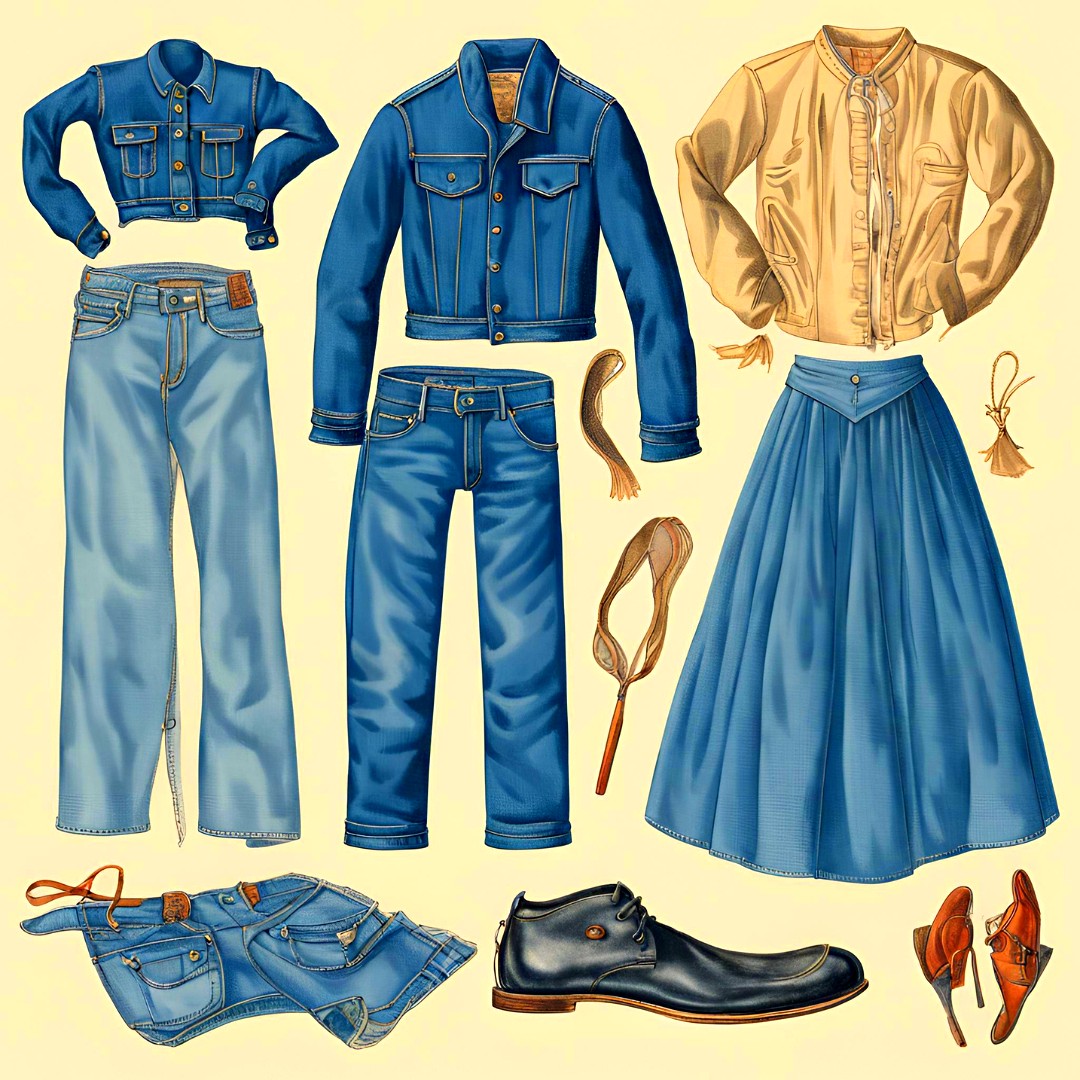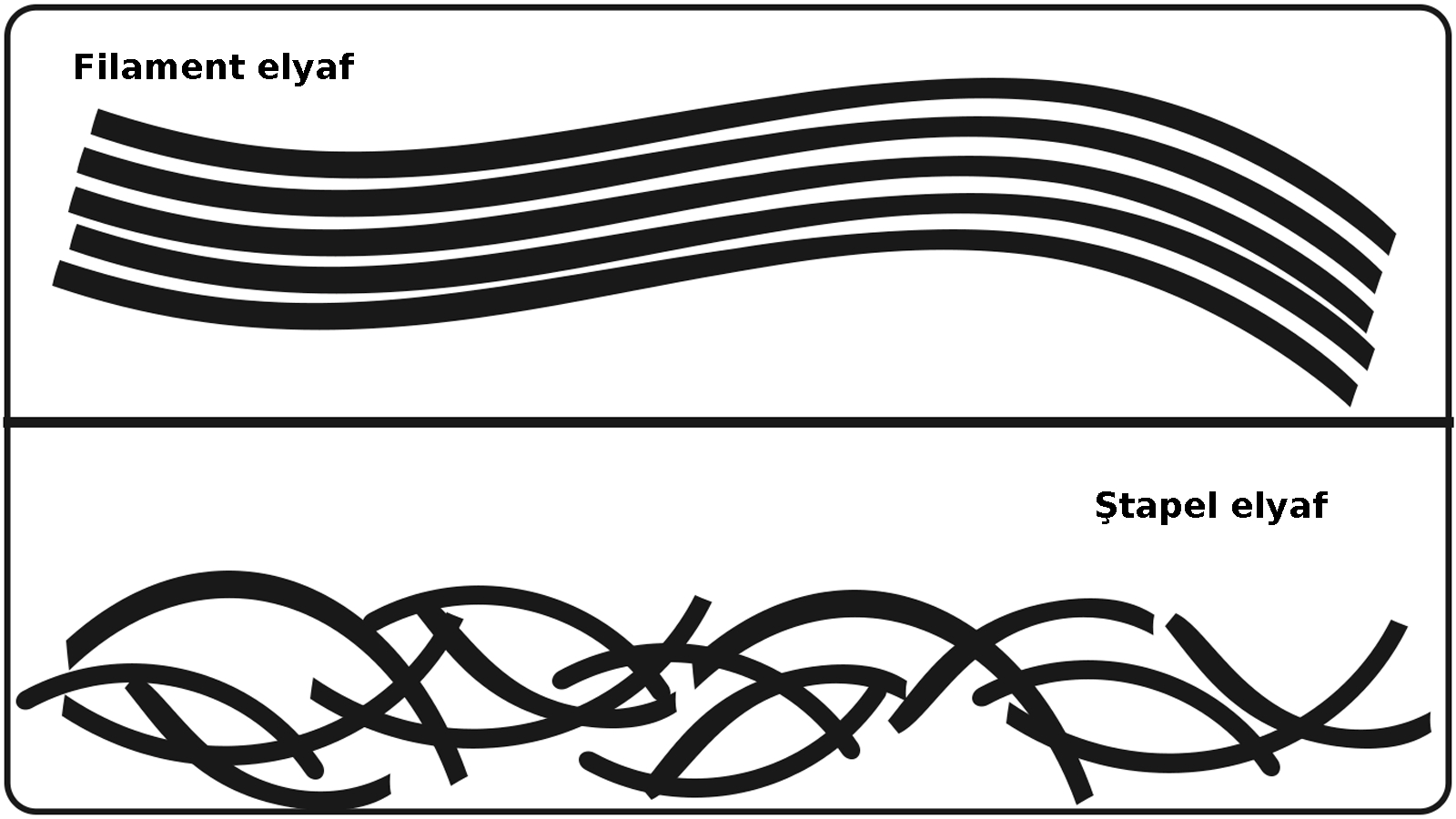Tuck Stitch
22:18
0 comments
Tuck stitch, a knitting stitch that produces tuck or open effects by having certain needles hold more than one loop at a time. There are only three types of loops or stitches possible in weft knitting: knit, tuck, and float.
This type of stitch is referred to as the tuck stitch because one yarn is tucked behind the other and hides. The pattern on the left shows the technical face for a tuck stitch. Follow the green shaded course of yarn across the pattern and it looks like a loop has been tucked behind another. The pattern on the right shows the technical back for a tuck stitch. From the back, the tuck is more visible to the eye.
How is a tuck stitch made?
During the tuck cycle, at feed one, the needle moves up from its rest position and the old stitch that has been formed is held and not allowed to clear the latch yet the needle moves up far enough to grab a second yarn which is put into a tuck position, both yarns are then kept at the rest position. The knit cycle occurs with the next feed of yarn. At this time both yarns are cleared. The new yarn is fed and pulled through both the held and tuck loops forming a tuck stitch. The stress caused by holding one elongated stitch for an extra course causes more length shrinkage but less in width than a regular knitted stitch. The tuck loop makes the fabric wider and thicker and slightly less extensible.
What is the structural effect of tucks on knits?
Tuck stitches can give the fabric a cellular appearance. Some people refer to this as mesh. Tucks are the basis for pique, typically used for golf and tennis shirts that need to breathe and retain their shape but have some stretch. A wide range of pique constructions can be made, depending on the use and frequency of tuck stitches.
-
Ayakkabılarda doğru numara seçimi sağlık ve kullanım ömrü açısından önem arz eder. Kesirli Ayakkabı Numaraları Ne Anlama Geliyor? 🤔 Bazı a...
-
İş sağlığı ve güvenliği için bazı işletmelerde pr ayakkabı kullanımı gereklidir. Ayakkabılarda rastladığımız "PR" terimi, İngiliz...
-
Şali kumaş bayrak. Şali , tiftik iplikten dokunmuş ince bir kumaş türüdür. Kaba ve seyrek dokunanları genelde bayrak yapımında kullanılmış...
-
Lif kısaltmaları tekstilde elbise üretiminin her aşamasında kullanılır. Tekstil, Kumaş, Lif ve Elyaf Kısaltmaları : Tekstil endüstrisi, lif...
-
Yeşil renk ve tonları, sarı ile mavi ışığın birleşmesi sonucu oluşur ve fotosentetik pigmentler nedeniyle bitki yapraklarında yaygın olarak ...
-
Kumaşın ön yüzünün ve arka yüzünün gösterimi. Kumaş yüzü (Alm. Stoffvorderseite, Fr. front de tissue, İng. fabric face; face of fab...
-
Rahat bir kullanım için ayağın genişliği ve uzunluğuna uygun ayakkabıyı seçmek son derece önemlidir. Ayakkabı Genişlik Terimleri: E, F, FX,...
-
Aksa akrilik fabrikası dünyanın en büyük akrilik üretim tesisidir. Türkiye'nin en büyük sanayi kuruluşları arasına 38 tekstil fi...
-
Mavi polycotton nevresim takımı. Polycotton , polyester ile pamuğu (cotton) karıştırarak elde edilen, her iki elyafın en iyi performans ...
-
İngilizce renkler. İngilizcede renk kelimesi Amerikan İngilizcesinde "color", İngilizce İngilizcesinde "colour" olarak ...
-
Türk tekstil ve hazır giyim sektörü: yerli markaların yükselişi. Türkiye'nin lokomotif sektörlerinden biri olan tekstil ve hazır giyim...
-
Akrilik elyaf, iyi yalıtım özelliğine sahip olmasıyla öne çıkan sentetik bir lif türüdür. Akrilik Elyaf: Tanım ve Özellikler Akrilik, ( Alm....
-
Kumaş numunesi. 1) Yapılarına göre (nasıl yapıldıysa o ismi alır) a) Dokunmamış kumaşlar - Nonwoven , keçeler, kağıt telalar, elyaf, vi...
-
Ünlü Türk modacı ve tasarımcılarının kreasyonları artık dünya moda başkentlerinde sergileniyor. Türkiye'de tekstil ve moda sektörünü...
-
Farklı renk ve türdeki kumaş çeşitleri. Kumaş, ipliklerin, çeşitli yöntemlerle bir araya getirilerek oluşturduğu kaplayıcı yüzeylerd...
-
Türk ayakkabı markaları, yerli ham maddeyi mükemmel işçilik ve estetik tasarımlarla birleştiriyor. Türk malı ayakkabı ürünler, kalitesi ve e...
-
Dünyanın en meşhur modacıları. Dünyaca ünlü modacılar Her sezon önce podyumları sonra da vitrinleri süsleyen özel koleksiyonların arkas...
-
Lif kısaltmaları tekstilde elbise üretiminin her aşamasında kullanılır. Tekstil, Kumaş, Lif ve Elyaf Kısaltmaları : Tekstil endüstrisi, lif...
-
Naylon olarak da bilinen polyamid kumaşlar sentetik kökenli bir kumaş türüdür. Polyamid ya da naylon (Alm. Polyamidfaser, Fr. fibre ...
-
Tekstil ürünlerinin etiketlerinde yıkama, kurutma ve ütüleme ile ilgili semboller bulunur. Tekstil Ürünleri için Tavsiye Edilen Yıkama Tali...






















































































































0 yorum:
Yorum Gönder
Merhaba, daha kaliteli bir site için yorumlarınızı bekliyoruz.